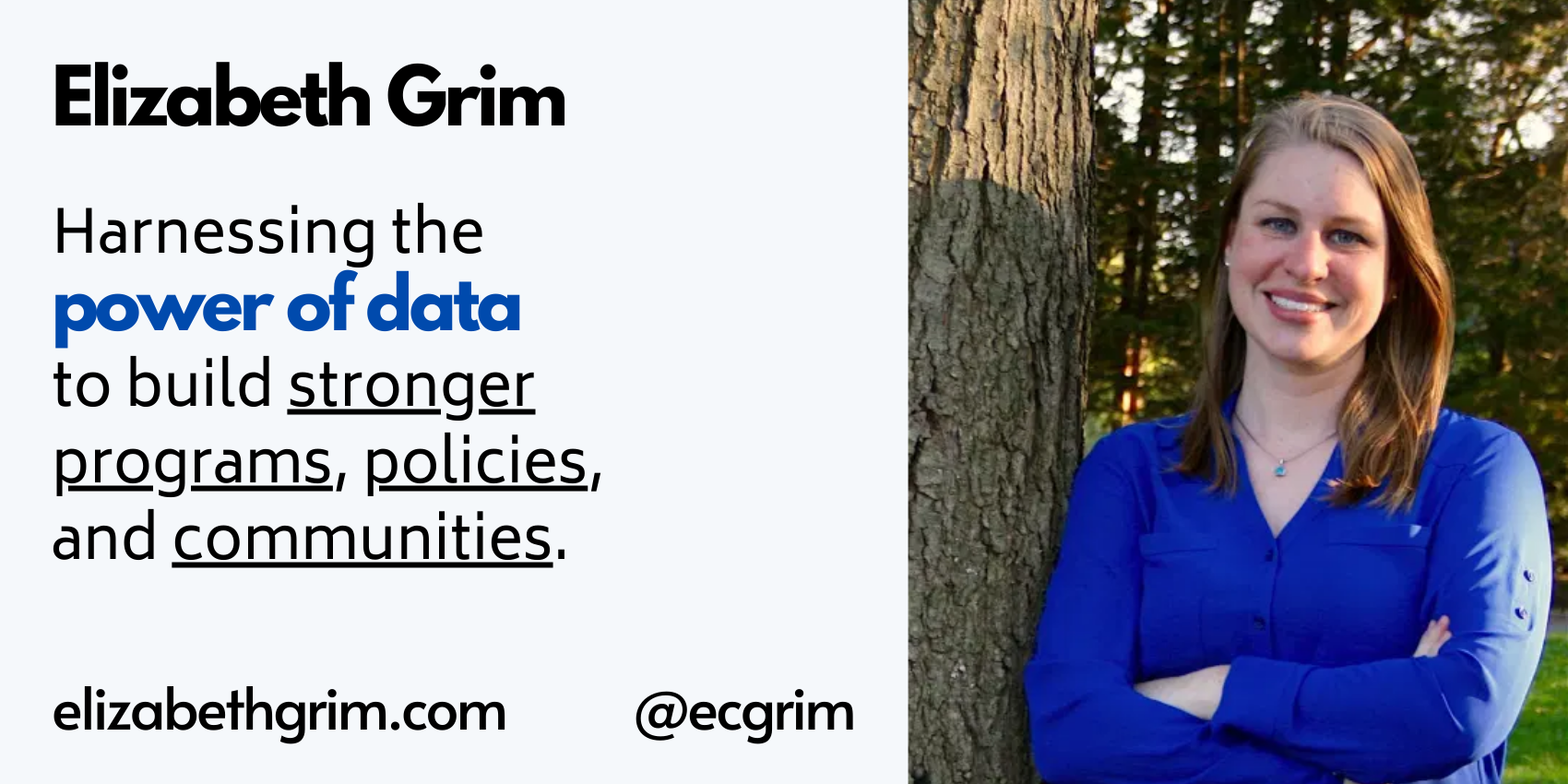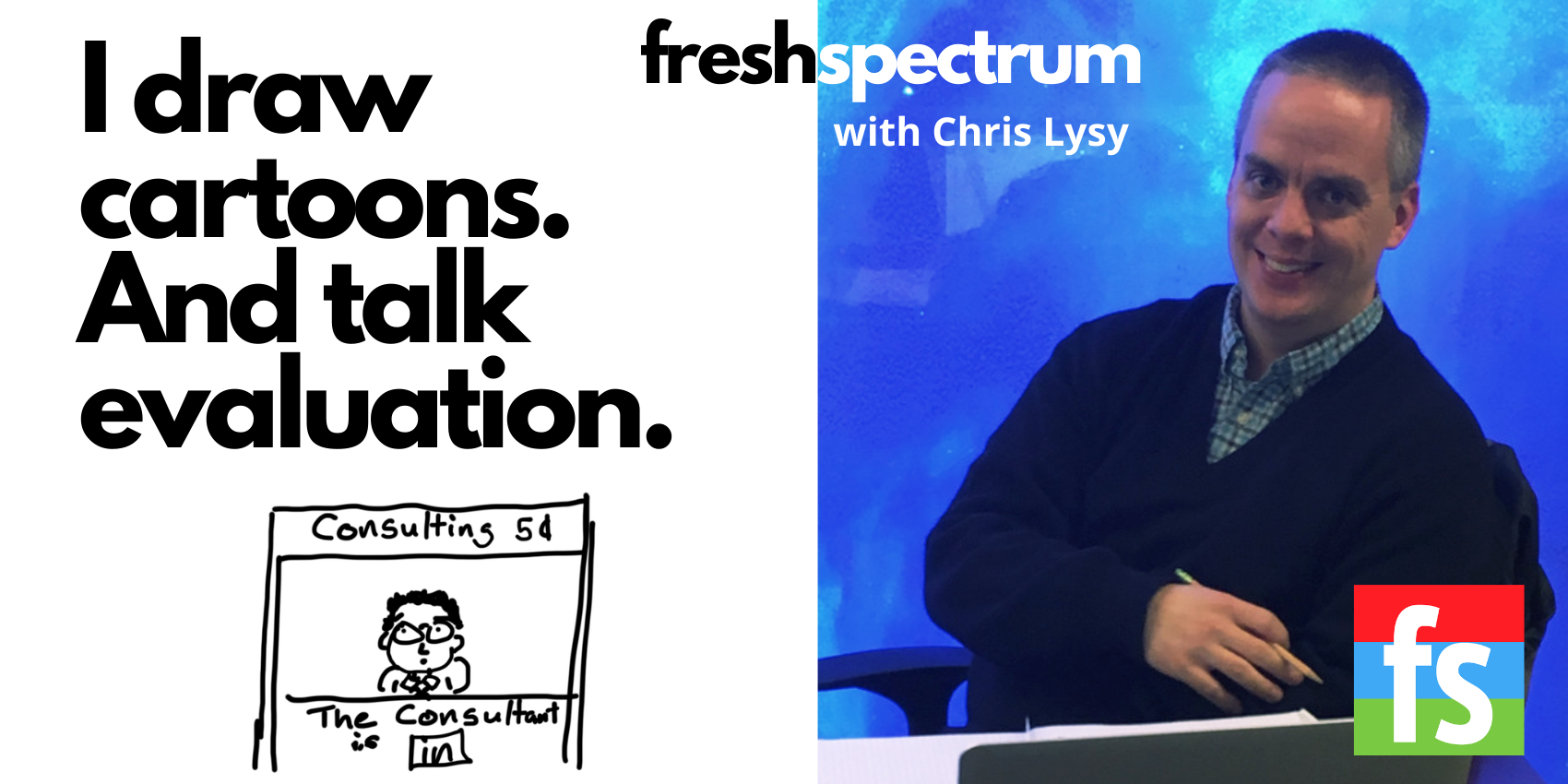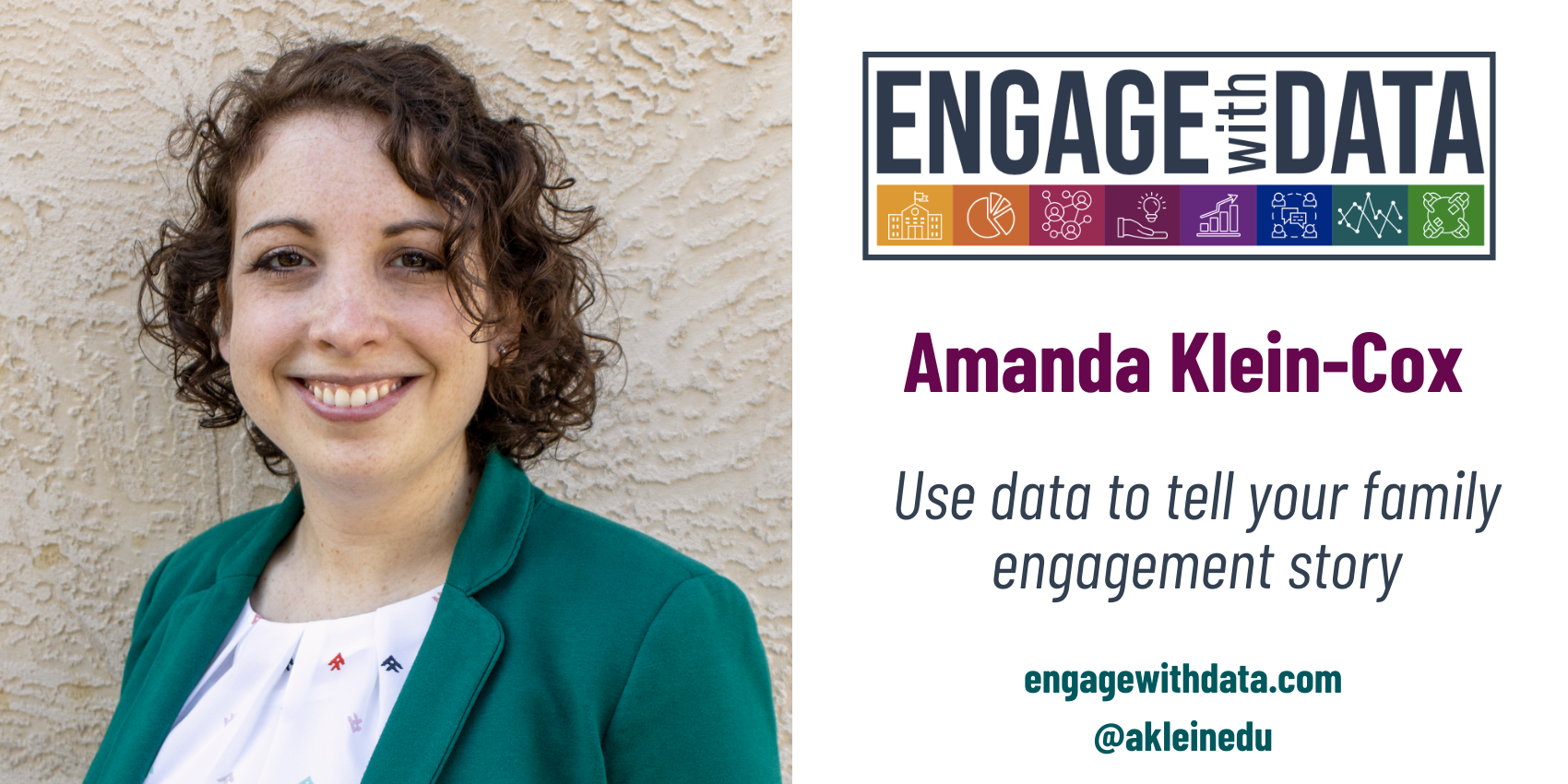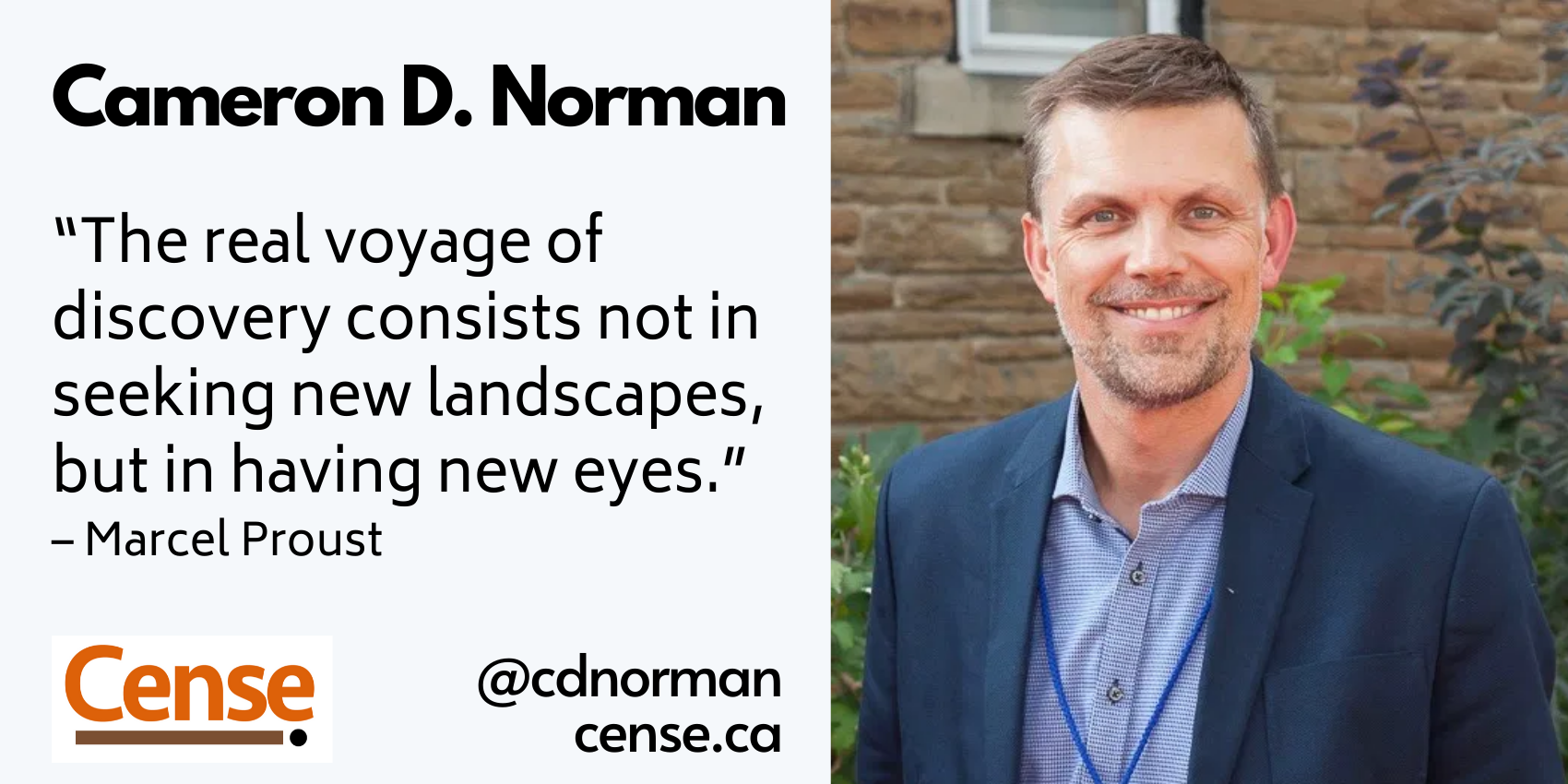This is an Eval Central archive copy, find the original at elizabethgrim.com. In reply to E Broadbent. Hello, thanks for your comment! I found this Insider article to be interesting: https://www.businessinsider.com/political-language-rhetoric-framing-messaging-lakoff-luntz-2017-8 Thanks for letting me know about the Rider resource. It looks like it may have been removed from their website.
Modern Reporting – Why you should design before you write.
This is an Eval Central archive copy, find the original at freshspectrum.com. Seriously, and I don’t mean after you’ve written several drafts. I really mean before you write. In today’s post. Most creativity happens inside the box. Why waiting till the end to design your report is a bad idea. Why designing first is a […]
“I couldn’t have put it better myself”
This is an Eval Central archive copy, find the original at engagewithdata.com. “I couldn’t have put it better myself…” We all know how powerful a startling statistic can be. Maybe you’ve seen a PowerPoint presentation where there is just a huge number on the slide or a newspaper headline that highlights the stark realities of […]
Revisando las implicaciones de la pandemia para l@s evaluador@s
This is an Eval Central archive copy, find the original at triplead.blog. Reviso el post de hace ahora casi dos años de MQPatton del 23 de Marzo de 2020, Implicaciones en la evaluación de la actual pandemia, MQPAtton nos da su visión sobre la pandemia y las implicaciones que puede tener para la evaluación. Esta era su […]
Comentario en Escucha y activa por Escucha y activa — «TripleAD»: Aprendiendo a Aprender para el Desarrollo | Desde mi Salón
This is an Eval Central archive copy, find the original at triplead.blog. […] Escucha y activa — «TripleAD»: Aprendiendo a Aprender para el Desarrollo […] Me gustaMe gusta
Escucha y activa
This is an Eval Central archive copy, find the original at triplead.blog. Fuente Escuchar, argumenta Erich Fromm, “es un arte, como la comprensión de la poesía” y ofrece algunas pautas para dominar el arte de la comprensión desinteresada: (1) la concentración completa del oyente, (2) librarse de ansiedad, (3) imaginación que funcione libremente y que pueda […]
The Role of Support in Innovation
This is an Eval Central archive copy, find the original at cense.ca. The Beatles’ song made legendary by Joe Cocker speaks of getting by with a little help from our friends. The role of friends — associates, collaborators, trusted allies, partners — is vital to making innovation happen. The myths about change-makers and innovators are […]
Finding the Right Sample Size (the Hard Way)
This is an Eval Central archive copy, find the original at evalacademy.com. In our previous article, ‘Finding the Right Sample Size (the Easy Way)’, we discuss the importance of determining the so-called “correct sample size”. Our recommendation for most applications was to use an online sample size calculator (check out our calculator HERE). However, for […]
Finding the Right Sample Size (the Easy Way)
This is an Eval Central archive copy, find the original at evalacademy.com. How many respondents do we need to take our survey? Whether it be survey respondents, program participants, or any other group of interest, evaluators are often posed with these “how many” questions. That is, what sample size is required to glean meaningful insight […]
What’s in it for Me?: Evaluating Stakeholder Engagement
This is an Eval Central archive copy, find the original at nicoleclarkconsulting.com. Last fall, I joined an ad-hoc group to strategize around Black maternal health and abortion access. During our initial meeting, one member asked, “How will this be different from what’s currently being done?” In the marketing and advertising world, there’s the question “What’s […]






